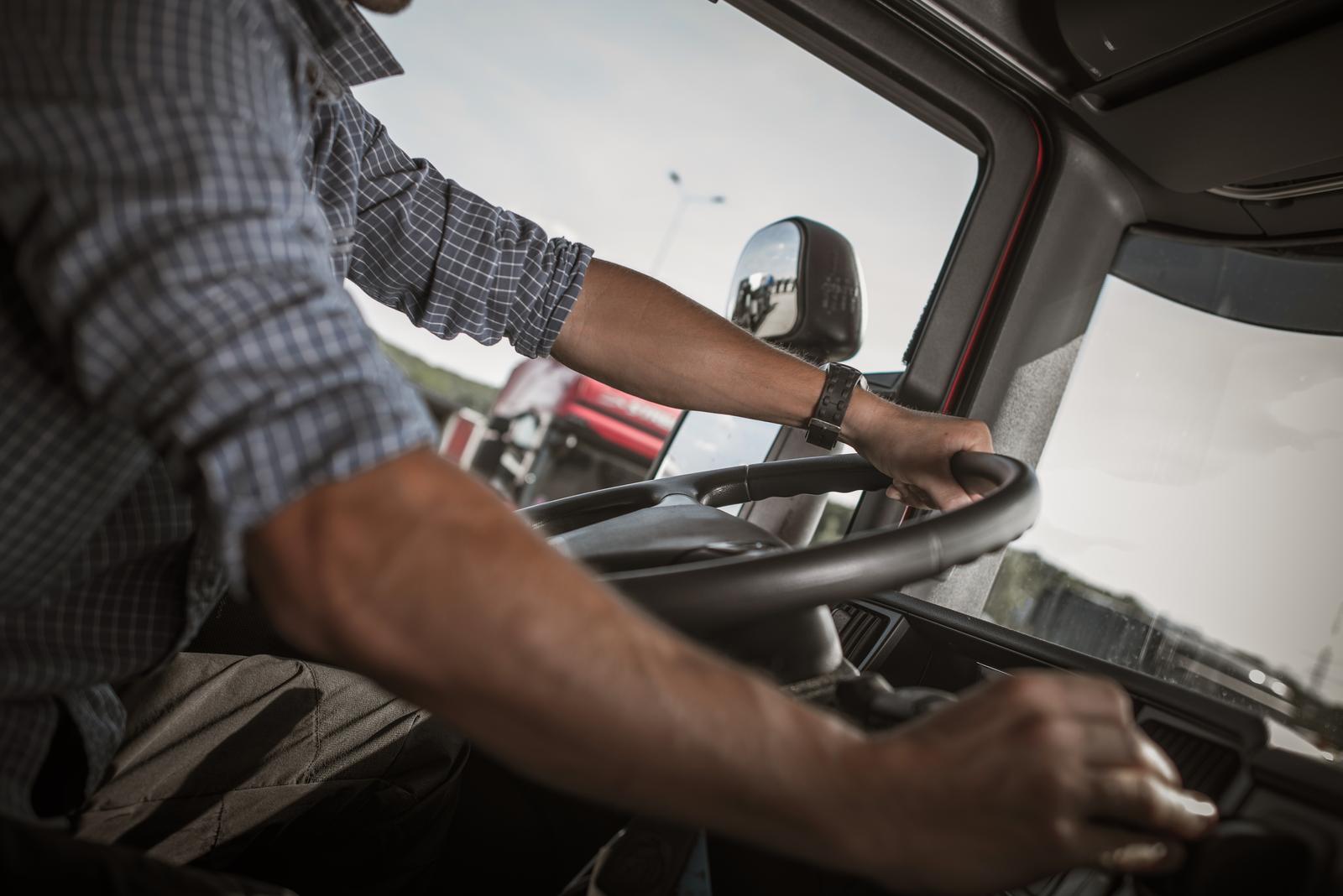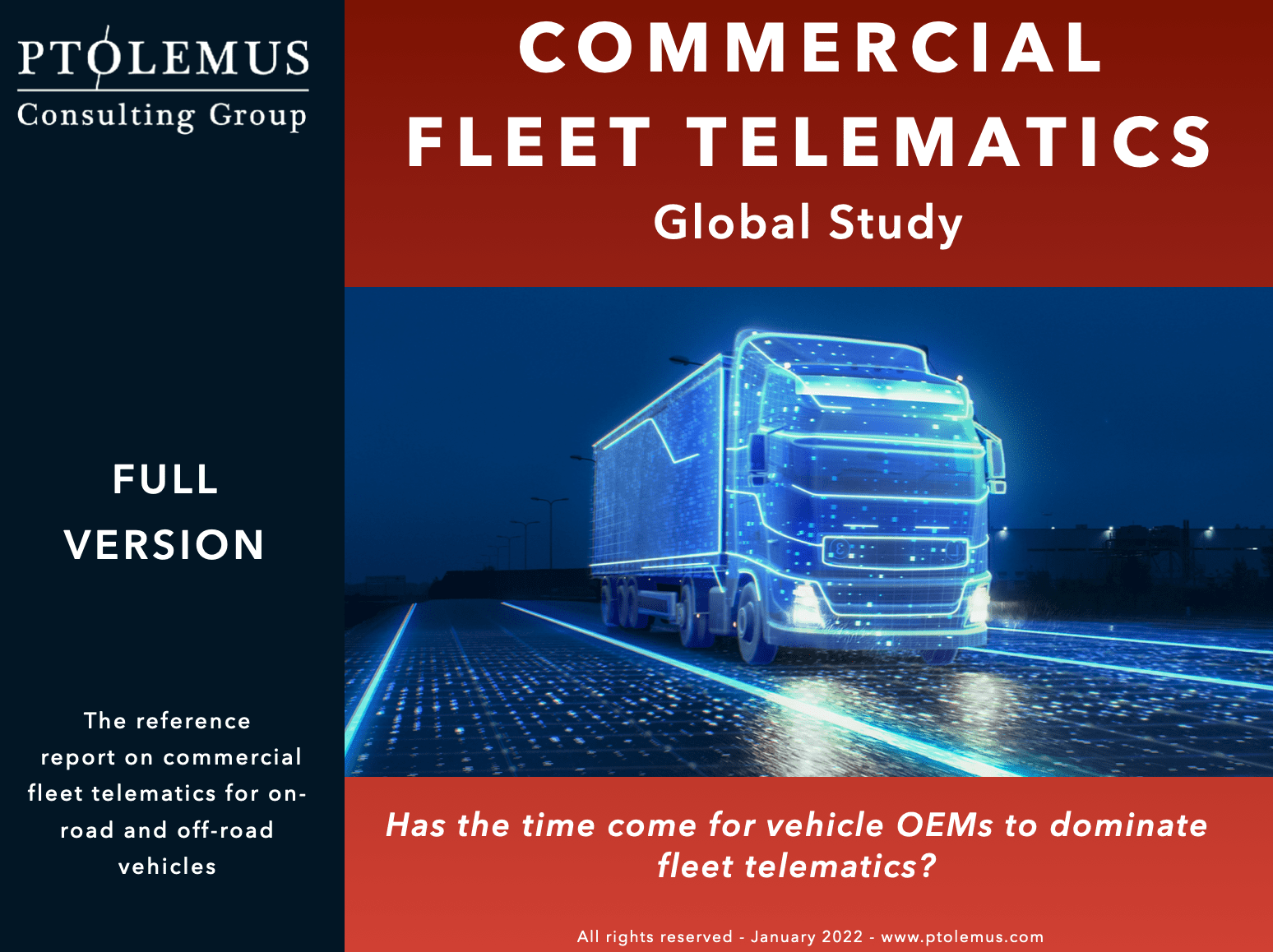Making your fleet tick: How fleet telematics technologies improve driving style

Technological advancement opens new opportunities, yet as human beings we tend to rely on the old well-established routines, despite the shiny alternatives. Consider fleet managers who face the need to alter the inefficient driving habits of their drivers. Why does technology help some of them and have no effect on many others?
Habits are tough to combat
It sounds obvious, but driving is a routine task for drivers: they drive without actively thinking about the actions they take, relying on the way they have been driving, i.e., on their habits, mechanically reproduced activity. Thus, if someone’s driving style needs improvement, it is not sufficient just to mention that and see how things improve. Changing habits requires dedicated effort from both the drivers and the managers.
Biologists and scholars of human behaviour keep providing us with new data on exactly how the human brain works, and why habits are so strongly engrained. The key idea is that people tend to rely on routines, and do not like to be forced to get out of their comfort zone.
Habits allow us to take things for granted, we neither have to explore the environment anew, nor to look for the different solutions. We simply keep going the usual way. This way is already saved in our brain as ‘the way’ and it becomes stronger each time we rely on it.
Habits are meant to help and that is why the bad ones are so tough to get rid of; unconsciously, we would rather use our energy and time for something more pleasant and interesting than improving routines that already serve their purpose.
Thus, if change is needed, the first thing to focus on is the motivation, an answer to the why question: why should I put in any effort when I could continue without it. We need to find the most convincing explanations to make this impulse work.
However, even the best intentions too often lead nowhere: we must back them up with consistent efforts to achieve the desired outcome. Habits are too powerful to be opposed directly – the best way to improve them is to replace them with better ones. In other words, we must build a new path, a new routine .
Fleet telematics technologies are meant to help
Persistence is a great human quality, but it is less frequent than desired and here the use of fleet management technologies can be extremely powerful, as it allows at once:
- Diagnostics: revealing existing habits / behavioural patterns to identify the necessary change
- Monitoring: tracking the performance with a special focus on the change vector
- Rewards: praising for the steady move towards the new habit, for each preference towards, for example, safer and more predictable driving style
The latter is critical, although it might seem clear. It is again about motivation: one must start the journey and be reinforced to keep going. As changing the habit is so tough, individual internal emotional mechanism gets especially vulnerable and requires appreciation for this additional effort. Too often in the busy routine we leave tiny improvements unnoticed, yet they are decisive for the larger overall progress.
If managers incorporate technical solutions into their agendas, fully integrating the potential of the fleet telematics technologies, their companies get a competitive advantage over others. Still scarce, examples of fleet managers gently pushing their drivers towards altering their driving styles are emerging, and the use of data ensures the consistency of this move.
Philip Morris International: safe fleet relies on technology
Philip Morris International aims at having the safest fleet on the roads with zero preventable accidents. In 2018, the Singapore branch of the company introduced the comprehensive GreenRoad Platform solution which allowed the branch to reduce the level of accidents by 50%. The solution engages both the drivers and the fleet managers.
- The drivers get a coaching app that on the one hand helps them in keeping a critical eye on their driving habits and on the other hand gently pushes them into safer driving style through a friendly competition with their peers.
- The managers get an overview of the fleet operations and can monitor individual vehicles and drivers’ conduct through a dashboard.
Rigorous data collection and regular feedback have allowed the company to gradually change drivers’ habits. The company resolved the issue that had been hindering its performance for a long time. With the clear understanding of the value of telematics solutions, the company expanded its reliance on new technologies and by the end of 2021 almost a half of the company’s global fleet used telematics equipment.
In his recent interview with Fleet Europe, Nikola Vuckovic, Senior Manager Global Market and Fleet strategy at Philip Morris International, who bears the title of the European Connected Fleet Manager of the Year 2021, shared the key ingredients of his success:
- leadership commitment and
- stakeholders’ engagement.
A widely spread prejudice against fleet telematics blocks positive changes for both drivers and companies and must be proactively addressed before any changes are introduced. Vuckovic suggests investing 80% of the project time into preparation of the new step: discussions, pilot projects, involvement of all stakeholders and taking their concerns into consideration. All these steps allow quick and effective implementation, which takes the remaining 20% of the time budget. That is the recipe that worked for the whole international fleet of PMI, leading to its global e-learning fleet safety programme with 23,000 drivers addressed within 3 years.
Too often technologies are considered a burden, a stick in the wheel that hinders a smooth movement of a well-balanced vehicle. Yet, the novelty of each innovation brings new opportunities. To discover them, one simply has to keep their eyes open, get away from the beaten track, and dare to change.

